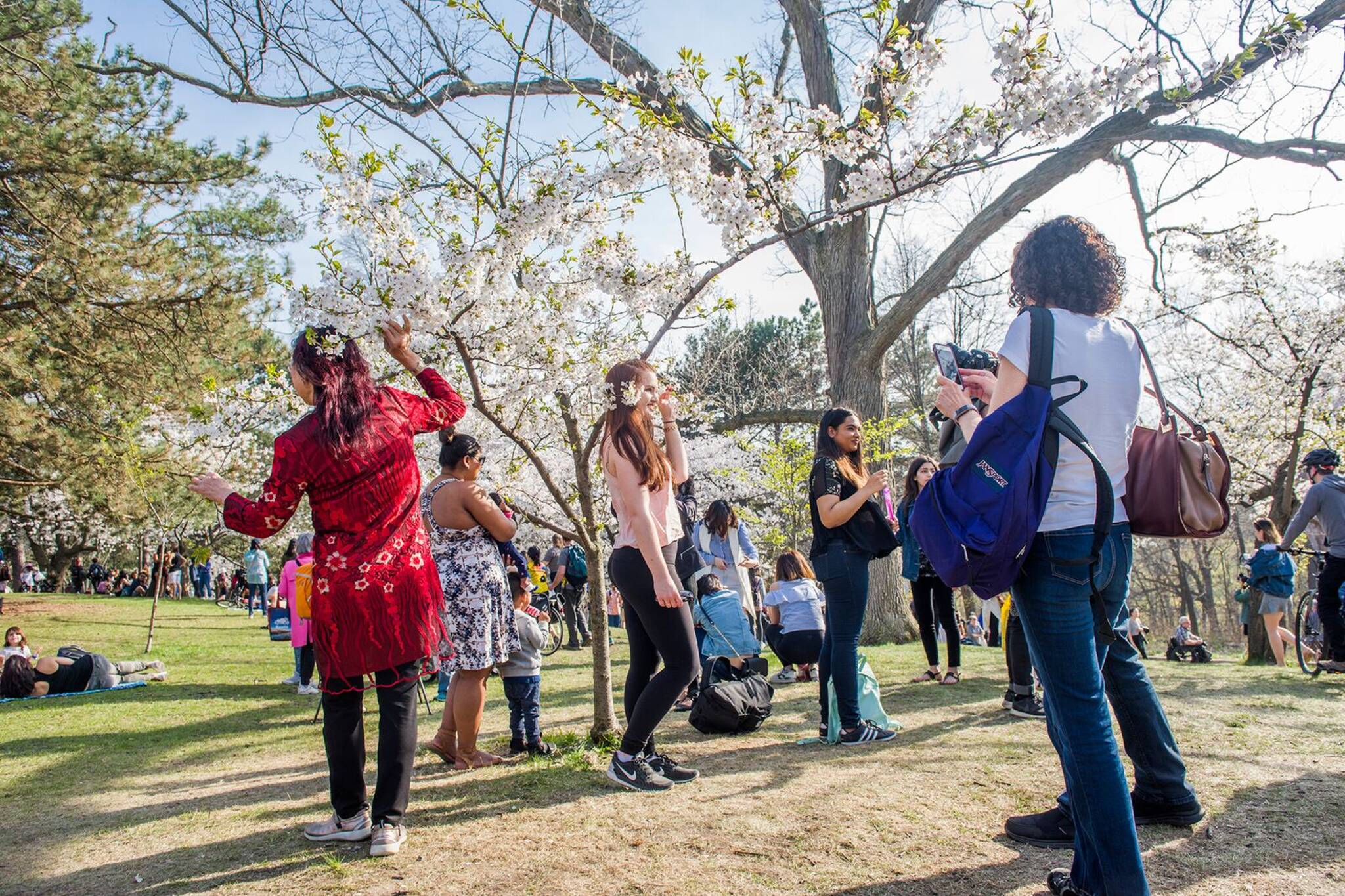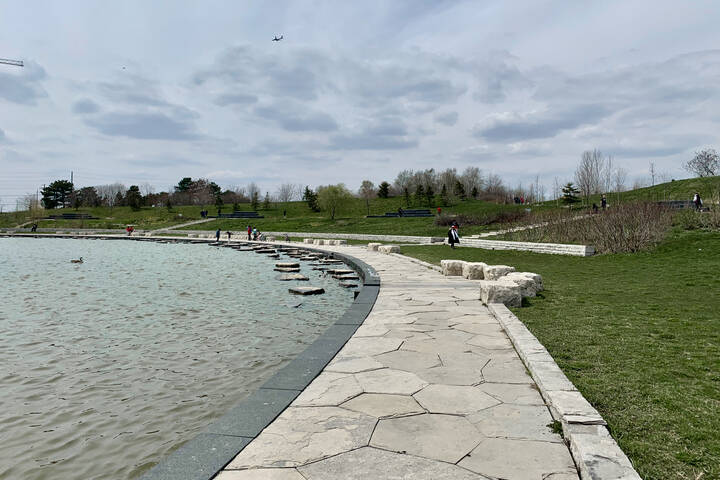
High Park cherry blossoms peak bloom is just a few weeks away
Spring is in the air, but it has yet to penetrate the buds of Toronto's most popular cherry blossom trees.
Sakura in High Park, a website dedicated to monitoring the development of sakura blossoms in High park, announced late last week that the previously predicted mid-April peak bloom date may have been a bit off thanks to stubborn winter weather.
"Windy day in the park made it challenging to get good photos and videos, but the wind gusts weren't strong enough to cause any real damage to the trees," wrote the dedicated tree watcher on April 4.
"The real concern I had was with the cold. The continued exposure to cold weather has slowed bud development and is keeping them locked in the early stages."
This is in stark contrast to last year, when strong winds posed more of a threat to the delicate blossoms than anything else.
"What's needed is consistent warmer temperatures that stay well above freezing," reads Sakura in High Park's most recent update.
"The cherry blossom buds are waiting for the warmer weather to trigger the next stages to begin... double-digit days would really help the trees to progress."
Double digit temperatures, you say? Mother Nature is on it.
Should everything progress smoothly from here on out, we can now expect peak bloom to hit near the end of this month or early in May.
Hector Vasquez
Latest Videos
Latest Videos
Join the conversation Load comments







